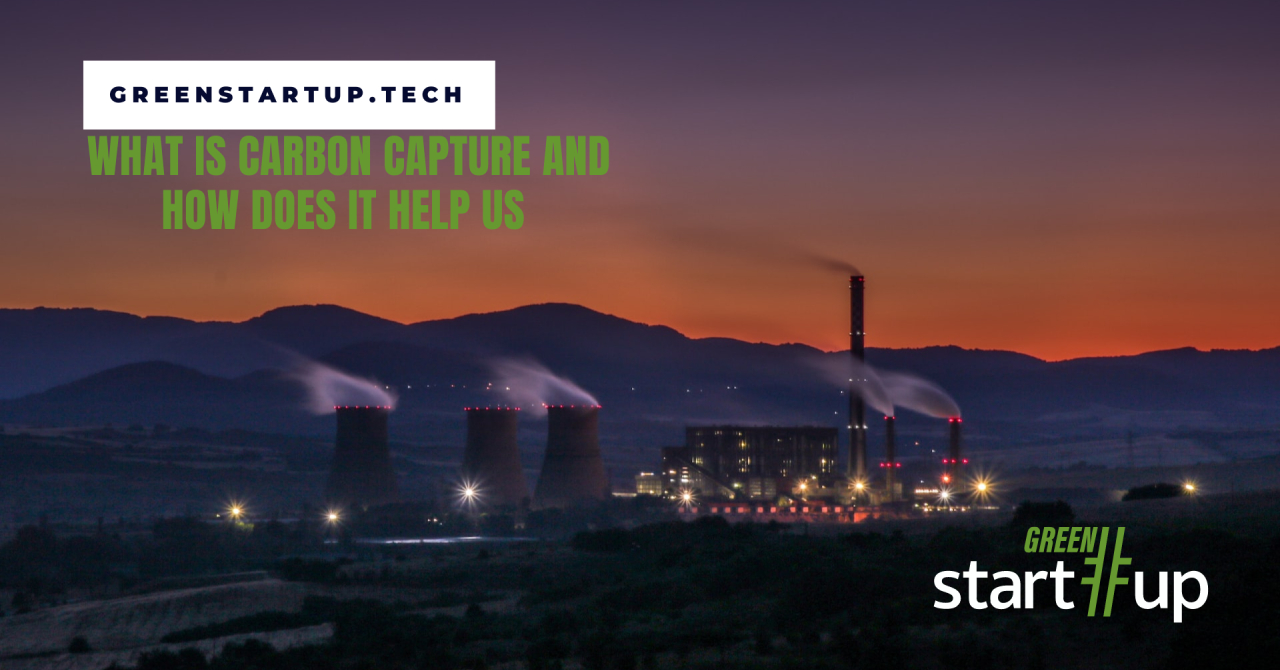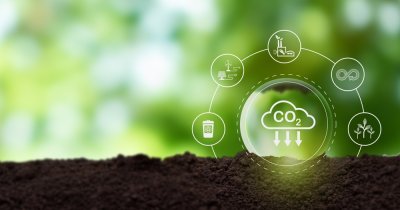BBC writes that a new power plant is set to be built in the UK and it will incorporate carbon capture technologies from the get-go.
How carbon capture works
Artificial carbon capture solutions imply that, either carbon is being sucked directly from the atmosphere, known as direct air carbon capture, or that it is being captured before reaching the atmosphere in the first place, such as in the case of fossil-power plants.
The captured CO2 emissions are either being repurposed for manufacturing various products or it's being kept underground in special facilities.
The UK's upcoming power plant would apparently use natural gas to generate power, while storing the captured carbon emissions under the North Sea.

Reforesting can also have huge benefits, not only for carbon capture itself, but it can also help stabilize ecosystems and fight climate change on two fronts.
This is because forests allow us to capture planet-warming emissions, on one side, while cooling down the atmosphere on the other, bringing local temperatures down.
Why is carbon capture important
The energy crisis made some countries restart fossil-powered plants, which means that the emissions are still high in the industry, despite advancements made with regards to renewable power.
These are just two of the most polluting sectors that show why carbon capture solutions are necessary if we want to clean up the air that we breathe, which is especially needed in crowded cities.
Rapid advancements in carbon capture
Last year in June, we wrote about a carbon capture technology that was claimed to be working twice as fast as other solutions present on the market at that time.

In their tests, the compound was able to remove over 99% of the carbon from the air with a concentration of 400 parts per million, which is about the current concentration in our atmosphere.
The process took place twice as fast as with traditional methods, removing 201 millimoles of CO2 per hour, per mole of the compound.
Carbon capture from the ocean
As I said, advancements in this field are made very fast, which is why some researchers were able to determine that capturing carbon emissions from the ocean can actually be better than doing the same thing from air. This, they say, is due to the fact that the ocean absorbs more emissions than our atmosphere does.
Capturing carbon from our oceans can be just as necessary as doing so from the air, as CO2 emissions in seas and oceans make the water more acid, which can affect fish and other organisms populating these ecosystems.

The advantage of ocean-based carbon capture solutions is that these can be installed in ships, which can purify the water while travelling to the next destination.
Carbon capture around the world
The US is also a world leader when it comes to carbon capture tech, also thanks to funding and strong policies. The country had in 2021 13 carbon capture facilities and it had a further 30 planned for the future.
The Middle East is another region on Earth that saw the importance of carbon removal facilities, which is why in 2021, there were three such plants working hard to reduce CO2 emissions from the atmosphere.
Carbon capture drawbacks
One of the main reasons why there aren't that many carbon capture facilities in the world yet is because these tend to be very expensive.

Also, storing carbon emissions underground is not as easy and risk free as just putting it there and forget about it. If it leaks from a reservoir located underwater, carbon can pollute the waterways, but if it leaks underground, further disasters can take place due to pressure, such as earthquakes.
Ultimately, carbon capture solutions aren't the holy grail to climate change, as they can help us deal with the emissions problem now, but they should be temporary and work at a small scale in the future.
The world needs to adopt less polluting transport and energy solutions, so that fewer emissions will be released in the atmosphere, instead of focusing on filling the planet with carbon capture facilities.
 Mihai - Cristian Ioniță
Mihai - Cristian Ioniță












Any thoughts?